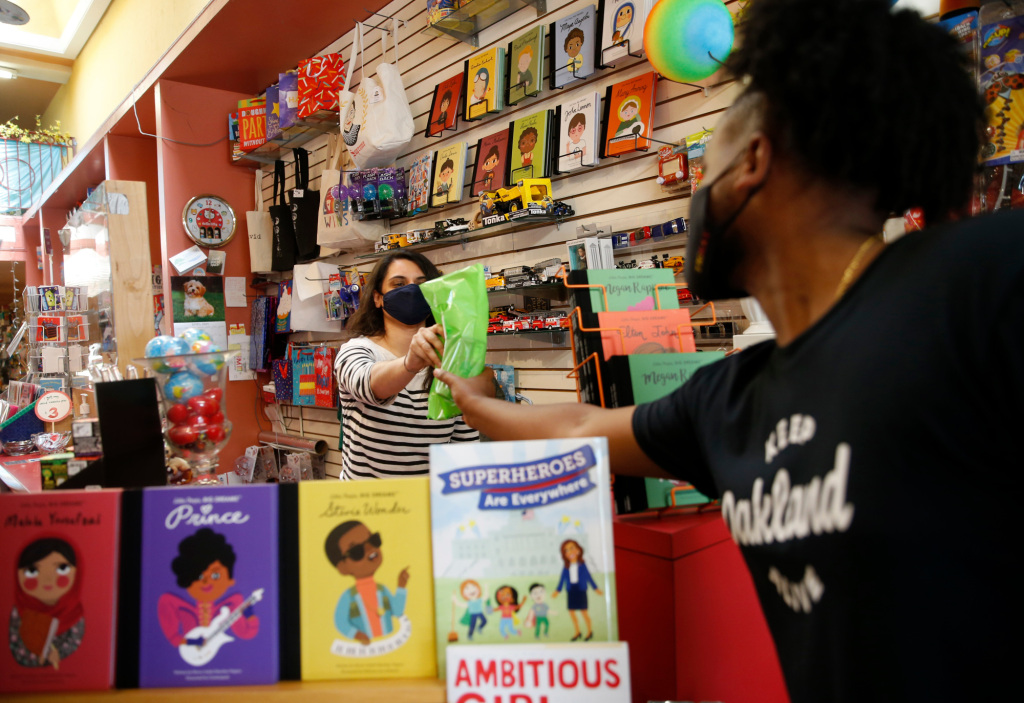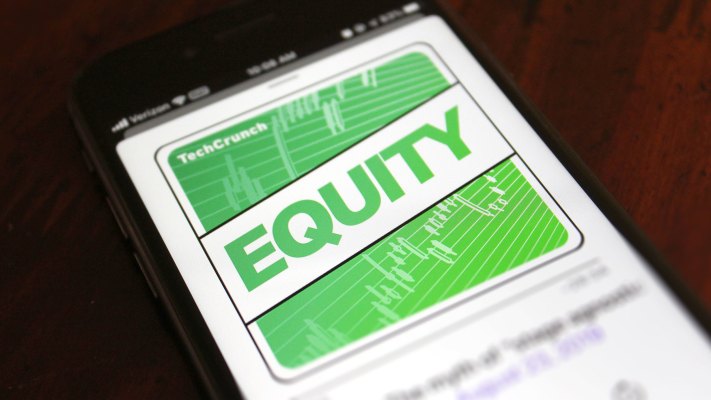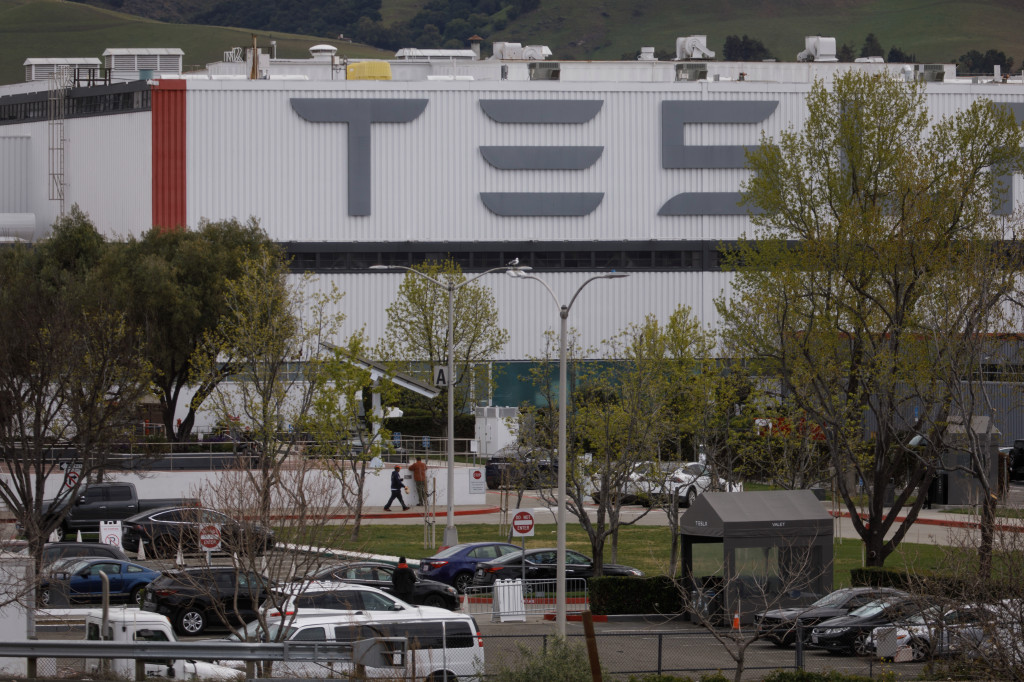After an excruciating year, we could all use a little retail therapy. So what exactly can we expect shopping to look like now that COVID has turned everything upside down?
Well, it’s going to be different for sure. But that’s not necessarily bad. Hand sanitizer, plexiglass between customers and employees and face masks likely are here to stay, but so are improved online ordering platforms and customers’ newfound commitment to shopping local. Some retailers have become downright creative — taking ideas that started as pandemic safety precautions, such as curbside pickup, and rebranding them as an ongoing customer convenience. Many remain focused on outdoor spaces, realizing the open-air venues that prevented the spread of germs early in the pandemic can make fun and festive gathering spaces even after COVID recedes.
Alas, the outlook isn’t all rosy — we’ve lost many stores as a result of the pandemic and are likely to lose more. But those that survived are eager to welcome customers with new products, and in some cases, new attractions and events.
“Most retailers are quite excited about reopening,” said Kirthi Kalyanam, executive director of Santa Clara University’s Retail Management Institute. “The tone is going to be alright, let’s live life. So I think you’re going to see a lot of positive enthusiasm from retailers. And you’re going to see that in their merchandise.”
Expect to see “back to work” displays and promotions in clothing stores, as more offices reopen and people start shopping for work-appropriate wardrobes. Check your email and social media for updates from your favorite brands, as stores that started or expanded online ordering during the pandemic are likely to continue finding new ways to connect with you online. And don’t forget to look for creative new attractions from malls and shopping centers.
Westfield Valley Fair in Santa Clara will continue to host pop-up open-air markets — a new feature that started last year when indoor malls were forced to close but ended up being “extremely popular,” said marketing director Kate Diefenderfer.
Westfield San Francisco Centre has been offering weekly fitness bootcamps on its outdoor rooftop terrace since January. And in April, the mall launched a bi-monthly artisan market, where customers can browse skincare products, craft jewelry and succulent arrangements near Bloomingdales.
Bay Street in Emeryville has “a lot of things in the works” for this summer, said Senior General Manager Lucas Heller, without disclosing specifics.
But despite these new offerings, experts say that in many stores, the availability of actual items to buy has dropped. COVID disrupted manufacturing and shipping, and some stores are choosing to stock fewer products due to uncertainty about the economy, customer behavior and pandemic restrictions. That means more limited options for consumers.
“I’m hoping within the next couple months we’ll have more variety in the stores,” said Lili Henry, a San Francisco-based personal stylist and image consultant.

While the days of panic-buying toilet paper are over, shortages remain in certain areas. Demand for all things bicycle-related skyrocketed during the pandemic, and suppliers haven’t been able to keep up, leading to a scarcity of various bikes and bike parts, said Michael Jacoubowsky of Chain Reaction Bicycles in Redwood City. Just recently, the store had trouble even finding disc brake pads for road bikes — a problem Jacoubowsky expects could last through the summer.
But if you’re not quite ready to ditch your PJs and start shopping in person for brake pads or anything else, don’t worry — it’s likely you’re not alone.
Online shopping soared during the pandemic, and mom-and-pop shops that had never offered online ordering rushed to stand up new, user-friendly websites. Now, many customers have grown accustomed to that convenience.
“We’ve spent a year, 13 months really, retraining every consumer how to buy,” said Gary Castro, director of the Bay Area Retail Leadership Center at San Jose State University. “And that’s not going away.”
And now, you can replicate the mall food court from the comfort of your own home. In February, Valley Fair launched a new online platform called MIX, which lets users order everything from Pizza My Heart to mall staples including Auntie Anne’s Pretzels, Mrs. Fields cookies and Cinnabon without stepping foot in a food court. Customers can pick up their orders from lockers located near the mall parking garages, or opt for home delivery.
Even small shops got into the act. Maison d’Etre, an Oakland boutique selling household goods, clothing and accessories, beefed up its web presence and launched online ordering during the pandemic. Those new platforms aren’t likely to disappear just because in-person shopping is picking back up.
“Definitely the website is here to stay,” said Maison d’Etre co-owner Patty Brunn. “I think that’s part of our future.”
Brunn and other retailers said they would also likely keep offering curbside pickup. Pandemic or no, it may become a handy option during the holidays, when parking around the store is tough, Brunn said.
Rockridge Market Hall, which houses a collection of specialty food vendors in Oakland, closed the street during the holiday season to give customers space to form a socially distanced line outside the building. This year, management would like to do that again — but make it a fun festival rather than a safety precaution.
“You could imagine hay bales and that type of thing, and mulled wine,” said Marshka Kiera, marketing manager for Market Hall Foods.
While the pandemic was brutally hard on small retailers, experts say it came with a silver lining: A widespread push to shop local. Bay Area customers, worried their neighborhood stores would be the next to close, rallied around their favorite shops. And new platforms are making it easier than ever for people to support local businesses.

In September, Oakland dad Brett Rounsaville helped launch Keep Oakland Alive, an online platform that aggregates products from dozens of neighborhood retailers. It’s like Amazon in that customers can buy a wide variety of products from different brands in one place — but it’s all local. After a customer places an order, Rounsaville and his team go to each of the retailers and pick up the items that were ordered, package them up together, and then hand-deliver them to the customer. Delivery is free in Oakland, $5 in Berkeley and Alameda, and $10 if the team has to ship it somewhere else in the U.S.
The platform hosted about 40 different retailers as of April, and another 50 were waiting to be integrated. From October through Christmas, Keep Oakland Alive fielded about $100,000 in sales, Rounsaville said.
The platform is run by a company called Nearby, which plans to replicate the model in other cities. Though it was inspired by the pandemic, Rounsaville views Keep Oakland Alive not just as a way for small businesses to fight the virus, but also as a way for them to compete against corporate retailers. That’s why it will outlast COVID, he said.
“The bottom line is there’s no vaccine for Amazon,” Rounsaville said.

For some, there’s also no replacing the experience of going shopping. As 24-year-old Bany Jauregui strolled Bay Street shopping center in Emeryville on a recent morning, she lamented the shuttered stores, reduced hours and the quiet, somber atmosphere. She hopes things liven up by this summer.
“What I hope it looks like,” she said, “is people coming out, obviously buying things to help the economy.”










